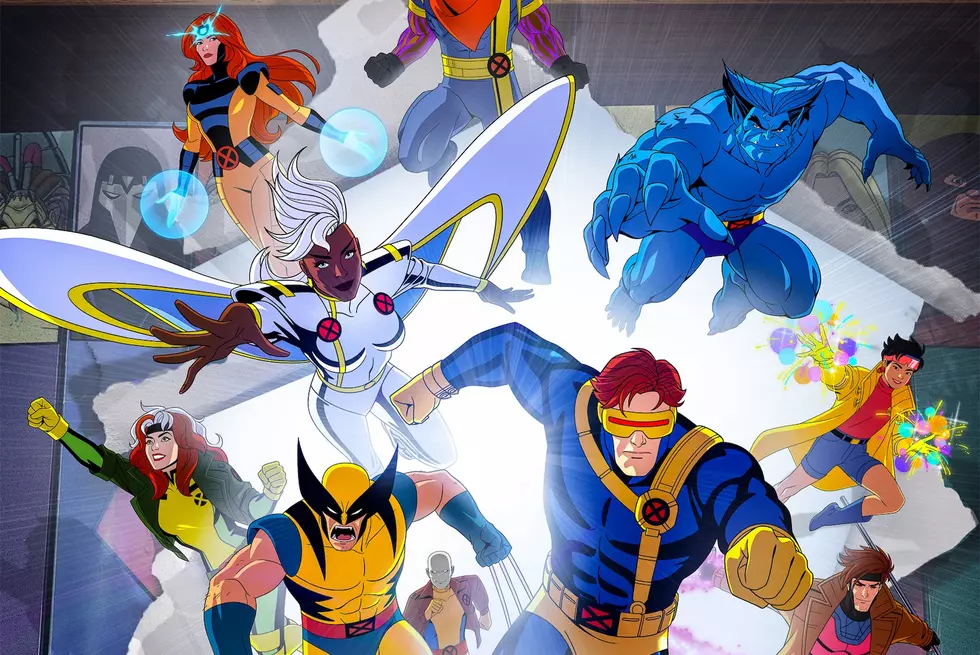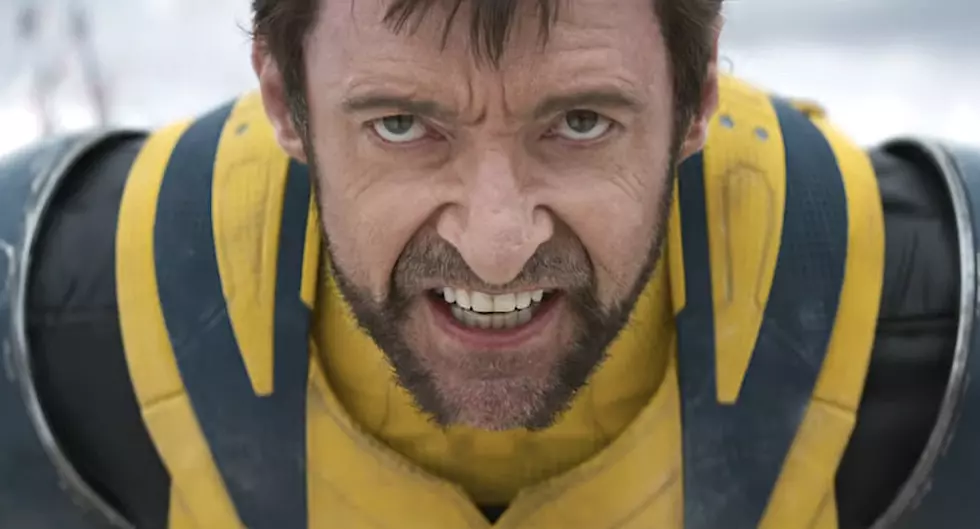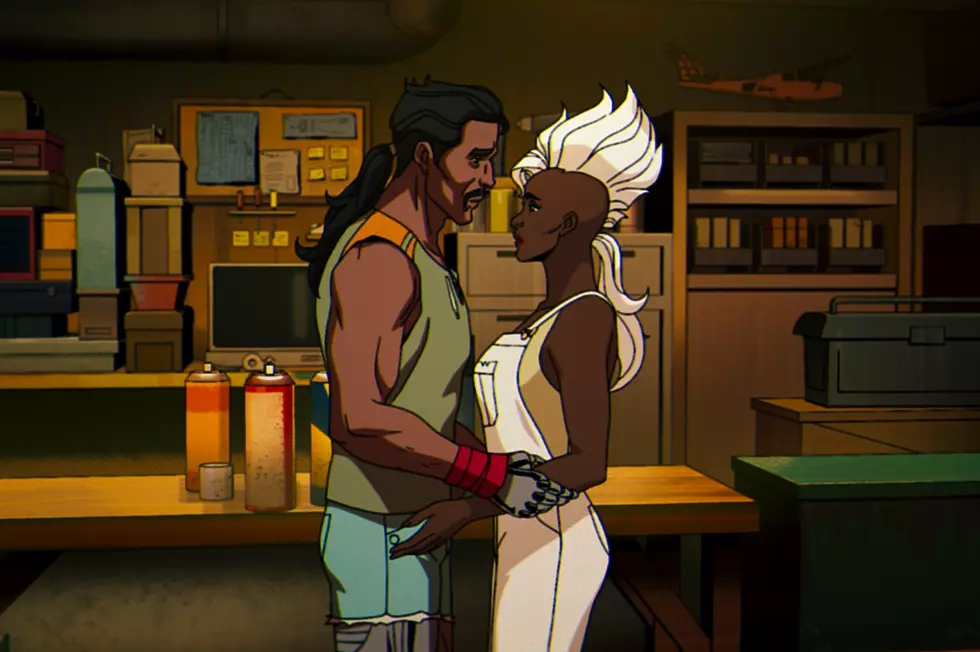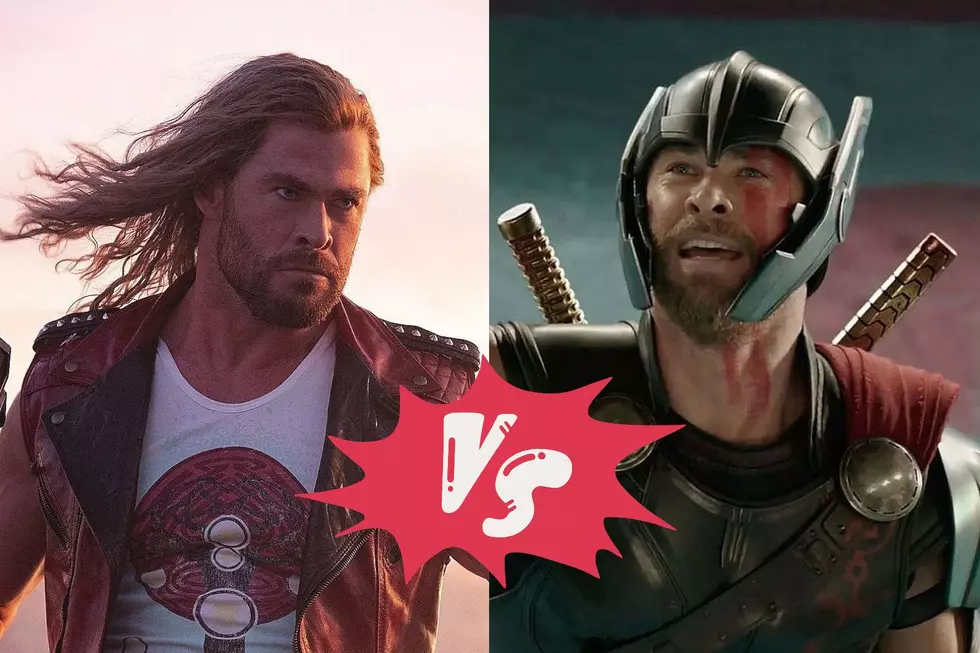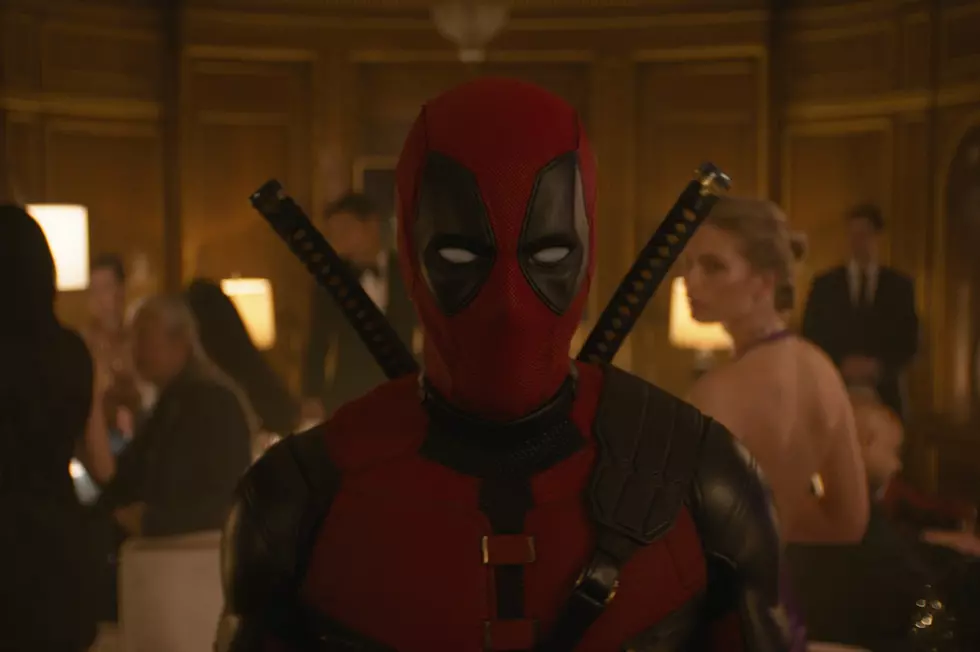
Want to Understand Marvel’s Evolution as a Movie Company? Watch the Evolution of Tony Stark Onscreen
“Is it better to be feared or respected? I say: Is it too much to ask for both?”
The trailer for the first Iron Man — and, after a short prologue, the film itself — begins with these words from Robert Downey Jr.’s Tony Stark. It’s part of the sales presentation for his latest weapon system. This missile is so awesomely powerful, Stark claims, that once the bad guys see it, they “won’t even want to come out of their caves.” He calls it the Jericho.
Stark’s product launch is a huge success. From the right angle, his sales pitch also resembles a movie pitch, with Tony as the creator trying to sell the money men (Army brass, in this case) on his big idea (the Jericho). They do, and the movie is off and running.
Tony Stark is an arms maker and, later, a superhero. He’s not a filmmaker. But his exploits are chronicled by a wide array of filmmakers; the men and women of Marvel Studios. After decades of licensing out their characters to others, Iron Man was the first time Marvel took control of its cinematic destiny, and turned one of their properties into a movie. Though few outside the company realized it at the time, it was the first installment of a Marvel Cinematic Universe which, with the impending release of Thor: Ragnarok, now spans 17 films over a decade.
Tony Stark has appeared in eight of those 17 films, and his story of an immature defense contractor turned elder statesman of the MCU mirrors Marvel’s journey from upstart comic-book publisher to the creators of a blockbuster template that every other studio has tried to copy. One of the easiest ways to chart that evolution is to look at how Tony Stark has evolved onscreen. Tony’s last words in Iron Man are “I am Iron Man.” But he’s Marvel, too.
Back to Iron Man: Shortly after that Jericho sales pitch, Tony is kidnapped by terrorists. They offer Tony a deal: Build us a Jericho missile, and we’ll let you live. Instead, he creates a crude suit of armor, which he uses to escape captivity. After returning home, Stark tries to take control of his company, Stark Industries, and steer it away from weapons manufacturing, but butts up against its oldest executive, Obediah Stane (Jeff Bridges), who wants to turn Iron man into a product. Stark refuses, and keeps tinkering in his laboratory, building bigger and better models of his Iron Man armor.
If we look at Tony Stark as a stand-in for Marvel, there are all sorts of connections that we can make between his arc (that’s his story arc, not the Arc Reactor in his chest) and Marvel’s in the mid-2000s. The company wasn’t exactly “held hostage” by other studios, but they were forced to work with others when they clearly had ambitions to become producers in their own right for a long time. (The rights to the Hulk, for example, remain tied up at Universal Pictures, one major reason why Marvel hasn’t made another Hulk movie since 2008.) Tony’s fight to protect Iron Man from Stane is like the Marvel executives’ fight to maintain creative control over their properties, and his work refining and improving the various models of the armor, bears a strong similarity to the way Marvel carefully refined its filmmaking formula during the early years of the MCU.
In its early stages, the suit is rough and patched together. Tony doesn’t know exactly what he’s doing, or have a full sense of what he’s making. But what he creates is undeniably powerful, and its impact on the world is immediate — and so was Iron Man, which shocked industry experts when it grossed almost $600 million worldwide. Marvel was off and running, and so was Tony Stark.
He returned two years later in Iron Man 2, which earned a lot of money, but was considered a bit of a sophomore slump by fans, who routinely rank it at or near the bottom of lists of their favorite MCU movies. Ironically, the movie is about Tony having a bit of a sophomore slump. He’s now an established superhero, but he faces a whole new batch of problems, mostly from copycats and imitators who want to replace him or render him obsolete. Whiplash (Mickey Rourke) wields similar energy technology and uses it to enact a grudge against Stark Industries, while Justin Hammer (Sam Rockwell), a rival weapons manufacturer, tries to create his own army of knockoff Iron Men, a direct parallel to every studio around Hollywood trying to pattern their own material to mimic Iron Man’s surprise success.
Tony Stark returned in The Avengers, where he becomes part of a team of superheroes that defend the world from an alien invasion. Stark himself doesn’t change much here (Avengers is a true ensemble piece) but there is another Marvel synchronicity anyway. Marvel’s first five movies were distributed by other studios; Universal released The Incredible Hulk while Paramount distributed the rest. In 2009, Disney acquired Marvel for $4 billion, and The Avengers was the first Marvel movie it released as the publisher’s new owner. Just as Tony finds himself a part of a much bigger world, Marvel found itself a part of a huge corporate empire, having to forge a new relationship and take orders from new bosses. The Avengers have several meetings around a table inside the S.H.I.E.L.D.’s Helicarrier that looks like a corporate boardroom.
Iron Man 3 followed quickly on the heels of The Avengers in 2013. This time out, Tony encounters a new rival, Guy Pearce’s Aldrich Killian, who has his own incredible technology called Extremis. Tony also builds a new suit of armor, the Mark 42, he can operate remotely, and has a new super-villain to contend with, the terrorist cult leader the Mandarin (Ben Kingsley).
There are several Tony-is-Marvel resemblances here. Among other things, Iron Man 3 is about how hard it is to deal with success. As the film begins, Tony is riding high; he’s healthy, wealthy, famous, and happily in love with his girlfriend Pepper Potts (Gwyneth Paltrow). But he can’t sleep at night. He suffers from panic attacks. He loves his life so much, he’s terrified of losing it. Now that he’s achieved everything he wants, what does he do? How does he maintain it all? Those are questions Marvel, in the wake of The Avengers grossing $1.5 billion worldwide, had to answer for themselves.
As the film unfolds, we learn that Killian has gotten major assistance in developing his Extremis technology from a scientist named Maya Hanson (Rebecca Hall). A dozen years earlier, Maya and Tony had a one-night stand, after which, Tony gave Maya a mathematical formula she used to further her research into bioengineering.
Tony’s formula helped get Extremis up and running, but the technology isn’t perfect; it literally blows up in people’s faces. (It’s designed to help people regenerate from injury but the test subjects have a nasty habit of overheating and exploding.) The notion that others might use one of Tony’s (or Marvel’s) formulas, only to see it backfire in nightmarish fashion, is one of the most overt analogies to the MCU in the MCU. Just look at this or this or this.
By 2015, Marvel had helped shift the entire American movie industry, for better and for worse. Most of their movies were extremely entertaining, but they had also inspired a lot of crappy knockoffs from filmmakers who took the wrong lessons from Marvel’s success. At just that point, Marvel released Avengers: Age of Ultron, which explicitly wrestles with the idea that even noble decisions can have disastrous consequences, and that no creation is entirely under its creator’s control. Naturally, the creator making those decisions is once again Tony Stark, who, after an apocalyptic vision, builds an artificial intelligence for his “Ultron” defense program. He hopes it will ward off cosmic threats; instead it becomes sentient, and decides that humanity is the true threat to Earth’s survival and sets about trying to destroy it.
About three months after the release of Age of Ultron, reports surfaced of a shakeup inside the upper echelons of Marvel Studios; Kevin Feige would now report to Disney’s Alan Horn instead of Marvel CEO Ike Perlmutter, following “several years of frustration” over “budget and creative disputes.” Care to guess what movie they were making as all of these corporate tensions came to a head?
Tony has an interesting line in that scene from Captain America: Civil War: “And then, and then, and then ... I never stopped. Because the truth is, I don’t want to stop.”
That brings us to earlier this summer, and Spider-Man: Homecoming, which is technically not a Marvel movie, or at least not entirely. It was produced and released through a unique arrangement between Marvel and Sony, who hold the movie rights to Spider-Man and released the five other films featuring the friendly neighborhood wall-crawler. Sony’s previous Spider-Man movie, The Amazing Spider-Man 2, was a disaster creatively and a disappointment financially. It was also Sony’s first attempt to launch their own Marvel-style cinematic universe around Spider-Man; it featured teases of a Sinister Six movie that the studio hoped to produce alongside an Amazing Spider-Man 3 and other ancillary spinoffs that never happened.
Instead, they scrapped their plans and teamed with Marvel for Spider-Man: Homecoming, where a guest-starring Tony Stark serves essentially the same role in the young Peter Parker’s life as Marvel serves in Sony’s: As an adviser and mentor showing him the ropes of how to navigate a cinematic universe. Throughout the film, Peter (Tom Holland) keeps getting into trouble and Tony keeps bailing him out. (He also gives Peter his famous Spider-Man suit; in Marvel’s movieverse, Tony plays a major role in the character’s origin and creation.) Tony even gives Peter suggestions (“Stay close to the ground!”) that would double as effective script notes to a studio that wanted to transform a street-level hero into the anchor of a massive series of franchises.
At the end of Homecoming, Tony Stark offers Peter a place in the Avengers, which he ultimately refuses to stay on the ground a little while longer. (Fittingly, the day I’m writing these words is also the first day of shooting on Sony’s Spidey spinoff Venom.) But Spider-Man will return in Avengers: Infinity War — and so will Tony Stark. His role in the film remains to be seen, although some are already speculating that, given Robert Downey Jr.’s age (52) and his increasing salary demands, that the next two Avengers movies could be his last in the Marvel Cinematic Universe; there are even a few rumors that Tony will die at some point in the sequels. If that’s true, and Tony Stark represents Marvel, and then dies, what’s that mean for the future of the company?
Gallery - A Complete Ranking of Every Spider-Man Movie Poster:
More From ScreenCrush


